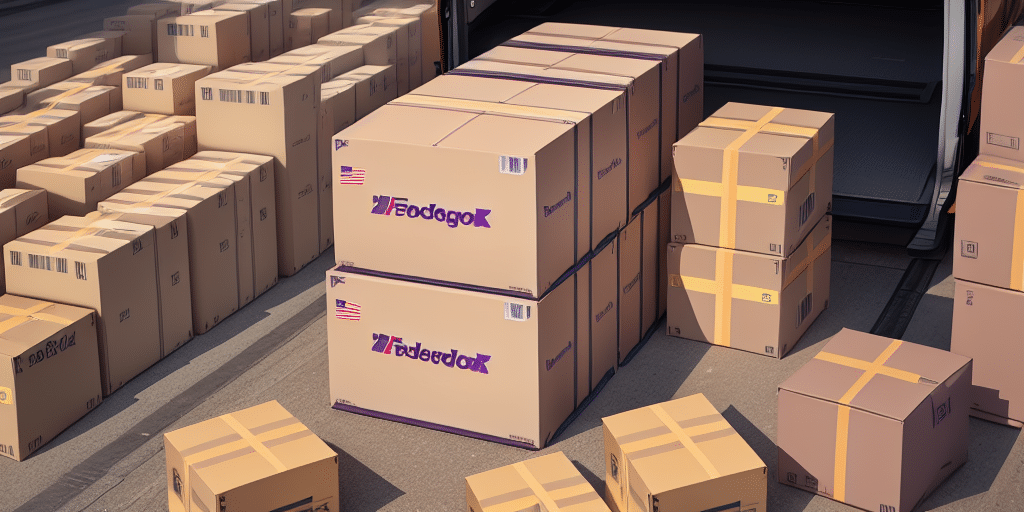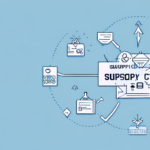Understanding Dangerous Goods Declarations for Safe Shipping
Shipping hazardous materials requires meticulous documentation to ensure safety and compliance with international regulations. A Dangerous Goods Declaration (DGD) is essential for outlining the contents of your shipment and providing critical safety information to all parties involved, from carriers to recipients. This comprehensive guide will walk you through the process of creating a DGD using FedEx Ship Manager, ensuring your shipments are both safe and compliant.
Importance of a Dangerous Goods Declaration
Ensuring Safety and Compliance
A DGD is mandatory for any shipment containing hazardous materials. It ensures that these materials are handled safely, protecting workers, the environment, and the public from potential hazards. Adhering to regulatory requirements, such as the International Air Transport Association (IATA) Dangerous Goods Regulations and the International Maritime Dangerous Goods (IMDG) Code, is crucial to avoid legal repercussions and maintain your company’s reputation.
Preventing Mishandling and Accidents
Without a properly completed DGD, there is a heightened risk of hazardous materials being mishandled or improperly transported, potentially leading to accidents, injuries, or environmental damage. Accurate documentation ensures that all handlers are aware of the materials' dangers and can take necessary precautions.
Regulatory Framework for Shipping Hazardous Materials
Key Regulations and Standards
Shipping dangerous goods involves navigating a complex web of regulations. Key among these are the Federal Aviation Administration (FAA) Hazardous Materials Regulations and the Environmental Protection Agency (EPA) guidelines. These regulations dictate the classification, packaging, labeling, and documentation required for safe transport.
Mode-Specific Requirements
Different transportation modes—air, sea, and land—have distinct regulatory requirements. For instance, air transport typically imposes stricter packaging and labeling standards compared to ground transport. It is imperative to understand and comply with the specific regulations relevant to your chosen shipping method to ensure seamless and lawful transportation.
Creating a Dangerous Goods Declaration with FedEx Ship Manager
Step-by-Step Guide
- Verify Eligibility: Consult the FedEx Dangerous Goods list to confirm that your shipment is eligible for transport.
- Ensure Compliance: Adhere to all applicable regulations, including packaging and labeling requirements specific to the type of hazardous material.
- Classify Materials: Accurately determine the classification of your hazardous materials based on their properties and potential risks.
- Prepare Documentation: Utilize FedEx Ship Manager to generate and print the DGD, ensuring all information is correct and complete.
Obtaining Accurate Classification
Proper classification is vital for the safe handling and transport of hazardous materials. Shippers must categorize materials into one of nine classes, such as explosives, flammable liquids, or corrosives, based on their potential hazards. Accurate classification prevents accidents and ensures compliance with regulatory standards.
Best Practices for Packaging and Labeling Hazardous Materials
Optimal Packaging Techniques
Using approved packaging materials is essential for containing hazardous substances securely. Containers must be robust, leak-proof, and resistant to the specific type of material being shipped. Refer to the Agency for Toxic Substances and Disease Registry (ATSDR) guidelines for detailed packaging requirements.
Effective Labeling and Marking
Proper labeling with hazard warnings and shipping names helps handlers identify and manage the materials safely. Labels should include appropriate hazard symbols and be affixed in visible locations on all packages. Additionally, using correct markings on vehicles transporting hazardous materials enhances overall safety and compliance.
Avoiding Common Mistakes in Dangerous Goods Declarations
Accurate Information Entry
Errors in classification, incomplete information, or incorrect packaging can lead to serious safety risks and regulatory penalties. It is crucial to meticulously verify all details when completing a DGD, ensuring that each field is accurately filled out and that all necessary information is provided.
Keeping Up with Regulatory Changes
Hazardous material regulations are subject to frequent updates. Staying informed about the latest changes ensures that your shipments remain compliant, thereby avoiding fines and enhancing safety. Regular training and consultation with regulatory resources can help maintain up-to-date practices.
Troubleshooting and Support for Dangerous Goods Declarations
Common Issues and Solutions
If you encounter problems while printing your DGD in FedEx Ship Manager, start by reviewing your shipment details for completeness and accuracy. Common issues include incorrect classification or missing safety data sheets. Additionally, ensure that your browser is up to date and that you have cleared cache and cookies to resolve technical glitches.
Accessing Support
For persistent issues, contact FedEx Customer Support for expert assistance. Their support team can help troubleshoot technical problems and provide guidance on completing your DGD accurately.
Consequences of Non-Compliance in Hazardous Materials Shipping
Legal and Financial Repercussions
Failing to properly declare hazardous materials can result in severe consequences, including hefty fines, legal actions, and damage to your company’s reputation. Regulatory bodies impose strict penalties to enforce compliance, highlighting the importance of accurate and thorough documentation.
Safety and Environmental Impact
Improperly declared hazardous materials pose significant risks to public safety and the environment. Accidents caused by mismanaged shipments can lead to injuries, fatalities, and widespread environmental harm, underscoring the critical need for meticulous adherence to DGD requirements.
Conclusion
Creating a Dangerous Goods Declaration using FedEx Ship Manager is a vital process for ensuring the safe and compliant transport of hazardous materials. By understanding regulatory requirements, accurately classifying and documenting your shipments, and following best practices for packaging and labeling, you can mitigate risks and avoid costly penalties. Stay informed and diligent to protect your business, employees, and the environment.






















